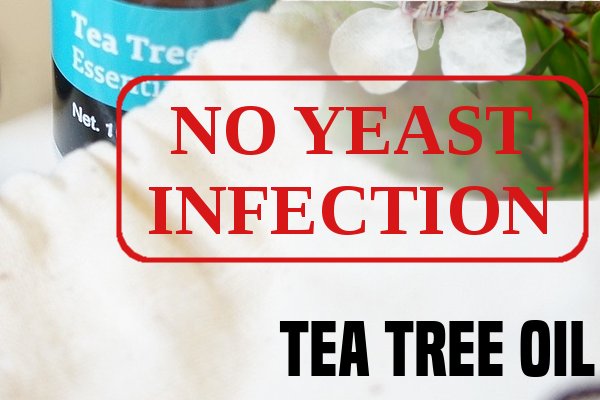Infections caused by Candida fungus. Candida fungus is present in human body and is usually harmless. The fungus can become active in a weakened immune system. Such a condition provides perfect conditions for the fungus can thrive. Weak immune system may be the result of antibiotic usage without discrimination. Several other medicines may also weaken the immune system. The fungal infections may affect any part of the body, including tongue, genitals, etc. Yet, the term fungal infection refers to yeast infection in women affecting their genitals. Use of tea tree oil for yeast infections can be effective.
The story of biofilms
To make matters worse, the fungus develops a thin film on the surface of its colonies. This thin film provides protection to the yeast causing fungus. We call this protection, biofilms. Biofilms are effective in resisting attacks. Once biofilms provides protection to the fungus, the fungus become more resistant. Conventional medicines will become ineffective. For any treatment to be successful, the medicine has to break biofilm. The biofilm is like wood polish we apply on wooden furniture.
Yeast infection, if left untreated can spread in the body and trigger other problems. The immune system is already weak. Hence, it can cause other troubles like sinus, intestinal and mouth infections. The symptoms of the infection include itching and irritation in the genital areas. Some people may experience burning sensation of the affected area.
Why tea tree oil for yeast infections?
Tea tree oil is known to have strong anti-bacterial, anti-viral and anti-fungal properties. Tea tree oil gets these properties from terpinen-4-ol, constituent in the oil. This compound helps the plant to fight against the microbes which attacks the plant. Besides tea tree oil, the compound is present in nutmeg as well.
How to use tea tree oil for yeast infections?
Tea tree oil is strong-smelling and volatile. The oil should never be applied without dilution on the affected area. The skin in the genital area is thin and may allow the oil to pass underneath.
Mix two to three drops of tea tree oil with four to six drops of coconut oil. Lavender oil can also replace coconut oil. Apply the oil using a cotton swab on a small part of the affected area. Wait for five minutes. If it is not causing any allergic reactions, apply the oil mix on the affected area. You may need to apply the oil for one or two weeks to get rid of the infection. Ensure that the infection is gone before you stop the treatment.
Precautions
While using tea tree oil for yeast infection may sound great, a lot of care has to be taken in doing so.
- Never take the oil by mouth. It is toxic, when taken by mouth.
- If you are using the oil for the first time, make sure to test for the allergies.
- Always use diluted tea tree oil. The oil itself is strong smelling and volatile. The skin in the genital area is sensitive.
- Applying the oil undiluted may allow the oil to get in to the body, through the skin. The genital skin is thin, sensitive and has blood vessels.
- Keep the oil away from children and pets.
How to prevent yeast infections?
The yeast infections are annoying. They won’t let you enjoy life as normal. To prevent the infection from coming back, follow the following steps:
- Ensure hygiene of the genital area. Wash proper care and do not use soaps with high chemical content. Using natural soaps is the best option. Keep the genital areas dry as well. Moist environment provides good conditions where the fungus can thrive.
- Sleep well. Ensure that you get enough sleep everyday.
- Reduce sugar intake. Some studies have shown that increased intake of sugar promotes yeast growth.
As I mentioned before, the yeast infections can be irritating. Seldom does it become fatal. Once an infection happens, you have to make sure that the infection is completely removed. The biofilms can protect the yeast from medicines and will cause the infection again.
References:


Comments are closed.